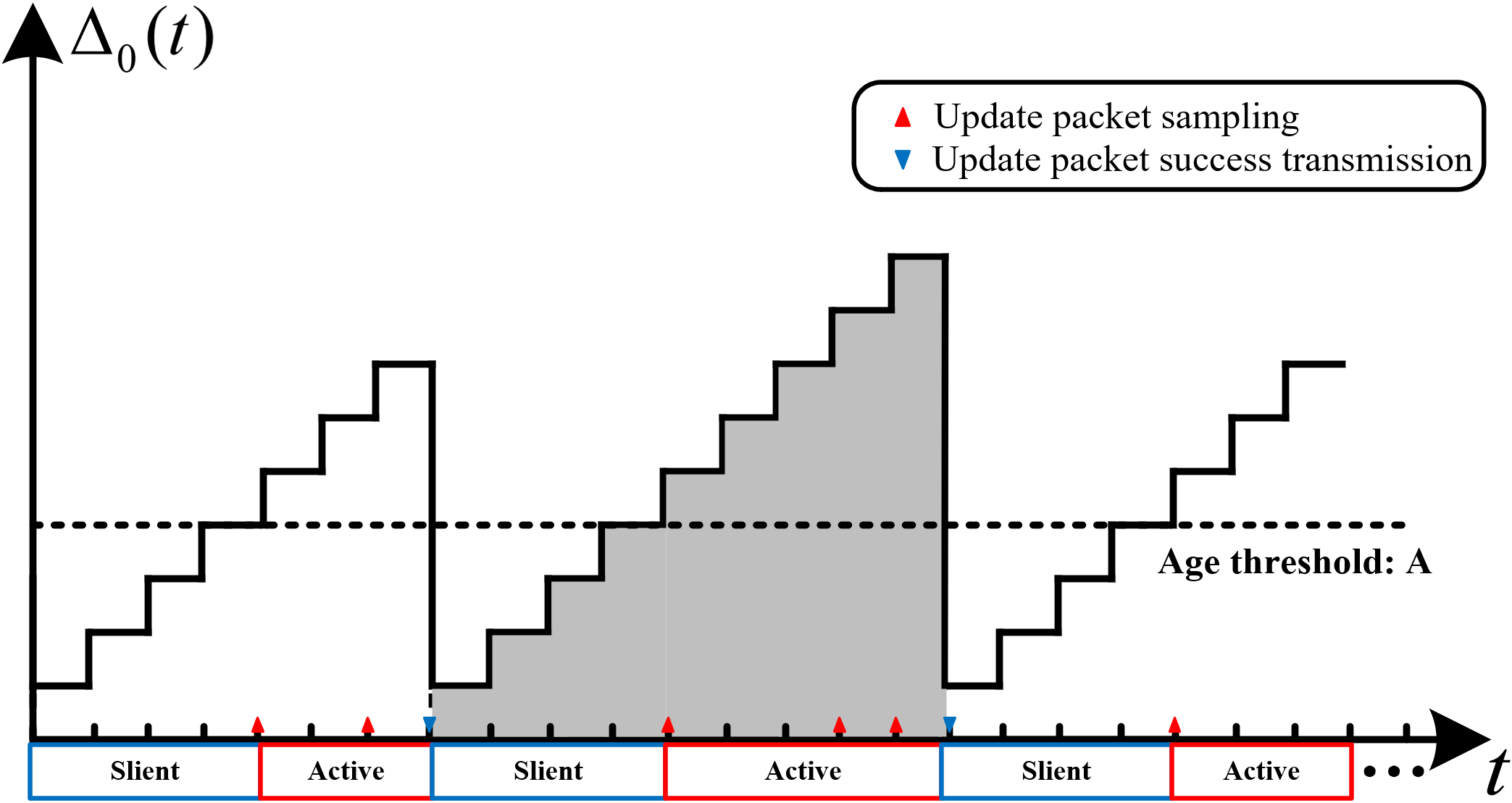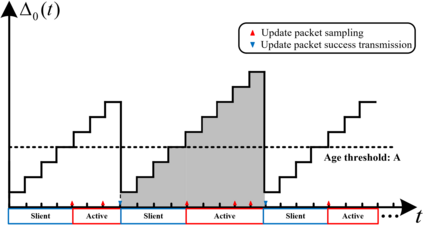We optimize the Age of Information (AoI) in mobile networks using the age-threshold slotted ALOHA (TSA) protocol. The network comprises multiple source-destination pairs, where each source sends a sequence of status update packets to its destination over a shared spectrum. The TSA protocol stipulates that a source node must remain silent until its AoI reaches a predefined threshold, after which the node accesses the radio channel with a certain probability. Using stochastic geometry tools, we derive analytical expressions for the transmission success probability, mean peak AoI, and time-average AoI. Subsequently, we obtain closed-form expressions for the optimal update rate and age threshold that minimize the mean peak and time-average AoI, respectively. In addition, we establish a scaling law for the mean peak AoI and time-average AoI in mobile networks, revealing that the optimal mean peak AoI and time-average AoI increase linearly with the deployment density. Notably, the growth rate of time-average AoI under TSA is half of that under conventional slotted ALOHA. When considering the optimal mean peak AoI, the TSA protocol exhibits comparable performance to the traditional slotted ALOHA protocol. These findings conclusively affirm the advantage of TSA in reducing higher-order AoI, particularly in densely deployed networks.
翻译:暂无翻译





